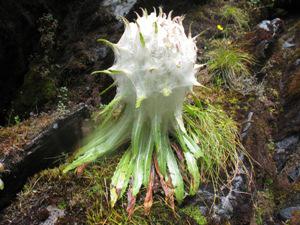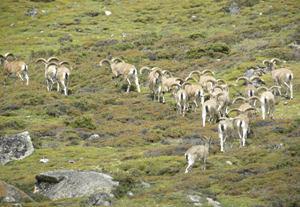Man Kumar Dhamala
The project aims to develop strategies to conserve important alpine medicinal plants and their habitats through community-based conservation.

Himalayan rangelands harbour rich diversity of flora and fauna, but the people of the area are some of the poorest in the region. Despite its apparent remoteness and inaccessibility, the proposed project area has not been spared human-induced biodiversity loss, especially of medicinal plants. Due to low agricultural productivity and lack of alternative options, livestock rearing and medicinal plant collection has attained substantial importance and play a pivotal role in the livelihoods of local people.

On the other hand, grazing and constant trampling by these livestock lead to widespread degradation of the species-rich but fragile ecosystems of the area. On top of that, illegal collection of medicinal plants from wild areas is widespread and that local cattle herders are also involved in such banned (legally) activities. It is, therefore, imperative that conservation strategies be developed both to address grazing management and conservation of medicinal plants while also ensuring livelihoods of local people.
The proposed project aims to address both these issues through development of strategies for community-based medicinal plant conservation and grazing management. It is envisaged that the outcomes of the project will help to ensure sustainable conservation of medicinal plants and their habitats. These scientifically based methods will strengthen the tools for conserving high altitude Himalayan rangeland biodiversity if applied more broadly.